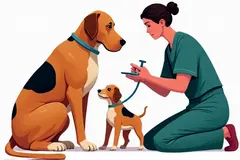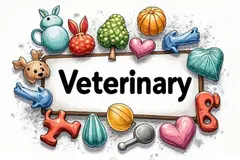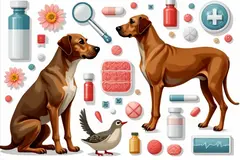 Is located between the fetlock and pastern joints and connects with the cannon bone to form the fetlock joint. The function of the long pastern is to increase flexibility of the fetlock joint.... ↪ Read more
Is located between the fetlock and pastern joints and connects with the cannon bone to form the fetlock joint. The function of the long pastern is to increase flexibility of the fetlock joint.... ↪ Read more Veterinary Drug Handbook (VDH) is the reference veterinarians turn to when they want an independent source of information on the drugs that are used in veterinary medicine today.
-
 Is veterinary Liniment Gel safe for humans?
Is veterinary Liniment Gel safe for humans? -
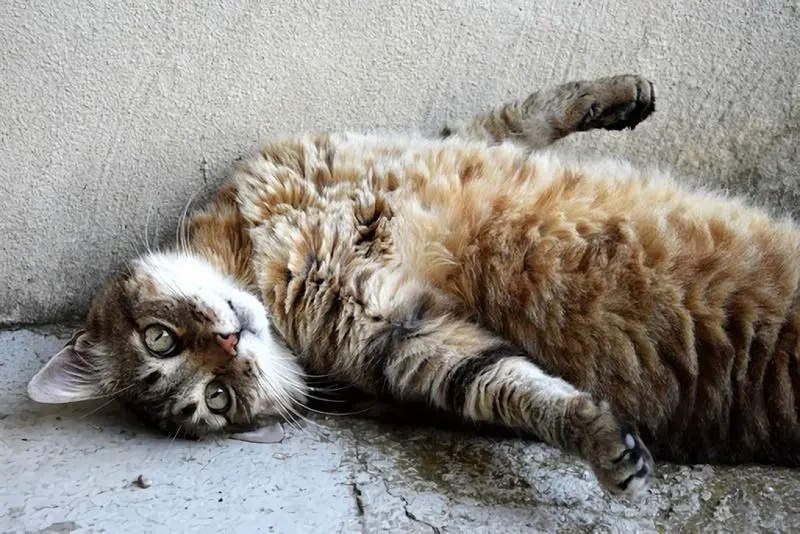 Giving Your Cat A Pill
Giving Your Cat A Pill -
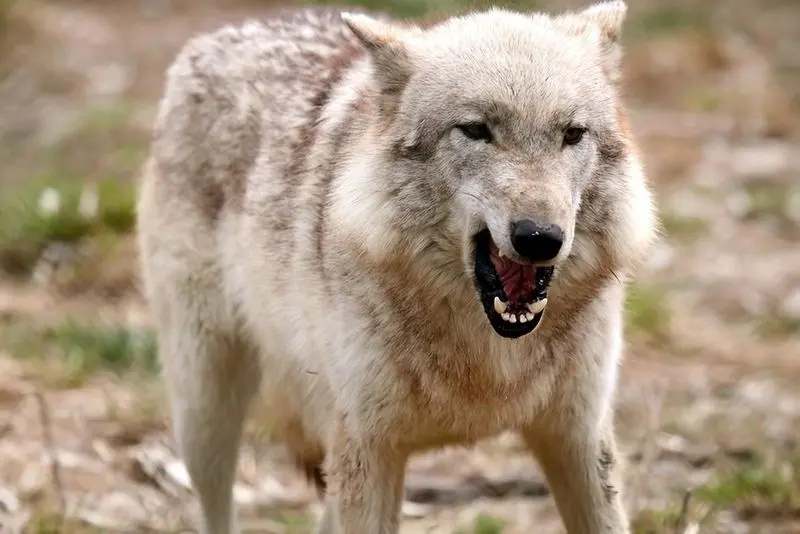 Dog Aggression
Dog Aggression -
 Dogs May Help Boost Infant Health
Dogs May Help Boost Infant Health -
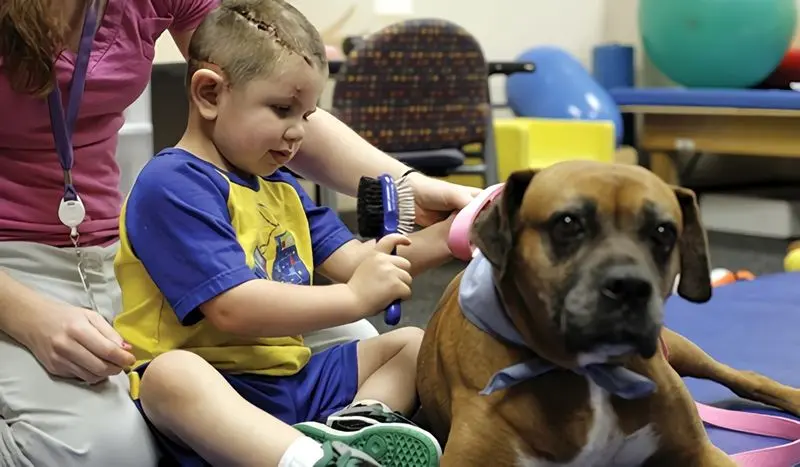 Animal-Assisted Therapy, Veterinary Social Work, & Social Work With People & Pets in Crisis
Animal-Assisted Therapy, Veterinary Social Work, & Social Work With People & Pets in Crisis -
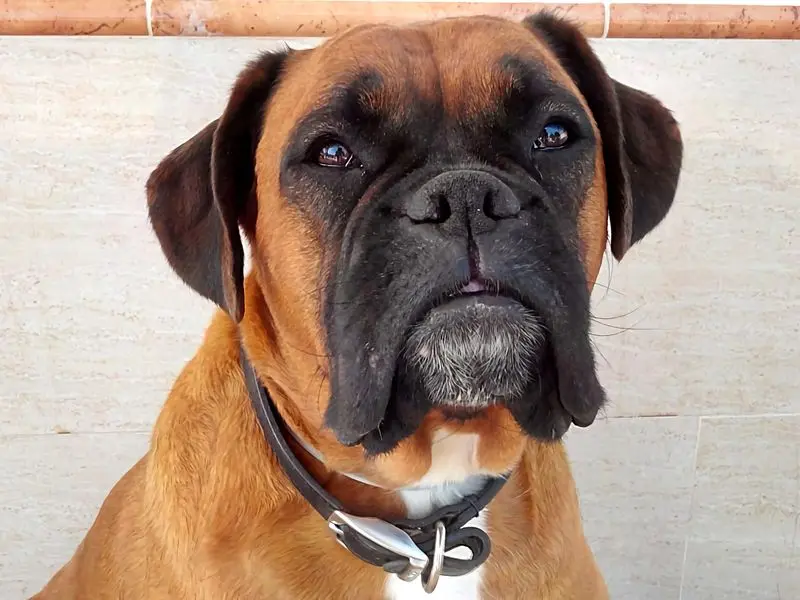 On-demand veterinary service gives advice on poorly pets
On-demand veterinary service gives advice on poorly pets -
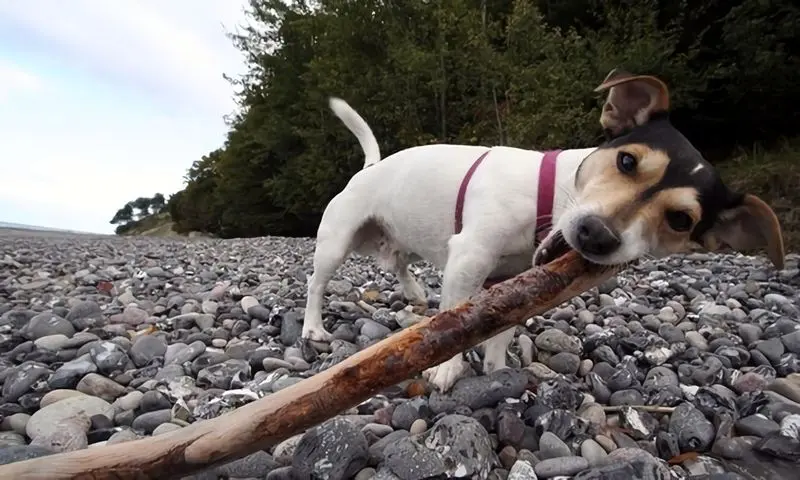 Should we stop throwing sticks for dogs?
Should we stop throwing sticks for dogs? -
 Can breathing in cat hair be harmful?
Can breathing in cat hair be harmful? -
 What does PU/PD mean in veterinary medicine?
What does PU/PD mean in veterinary medicine? -
 Bill calls for ban on sales of dogs, cats in Maine pet stores
Bill calls for ban on sales of dogs, cats in Maine pet stores -
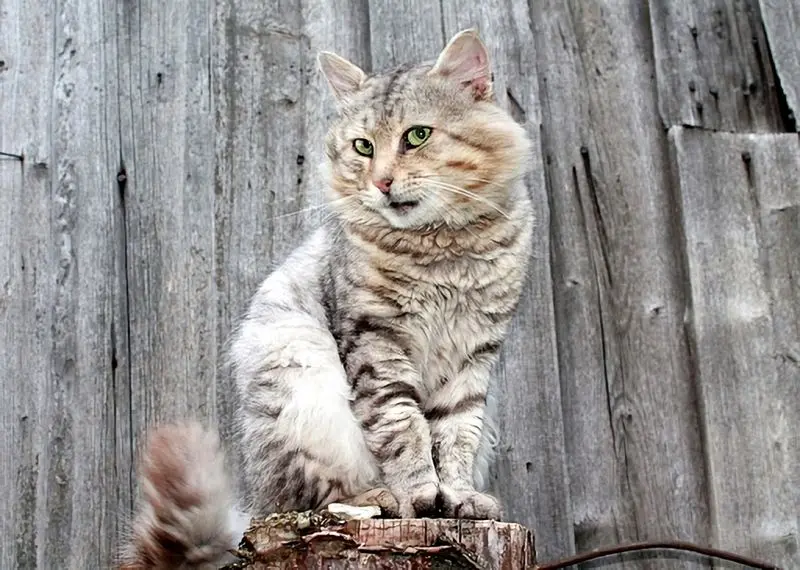 Common Meanings Of Cat Behavior
Common Meanings Of Cat Behavior -
 What does DVM stand for in veterinary?
What does DVM stand for in veterinary? -
 Curing Bad Cat Breath
Curing Bad Cat Breath -
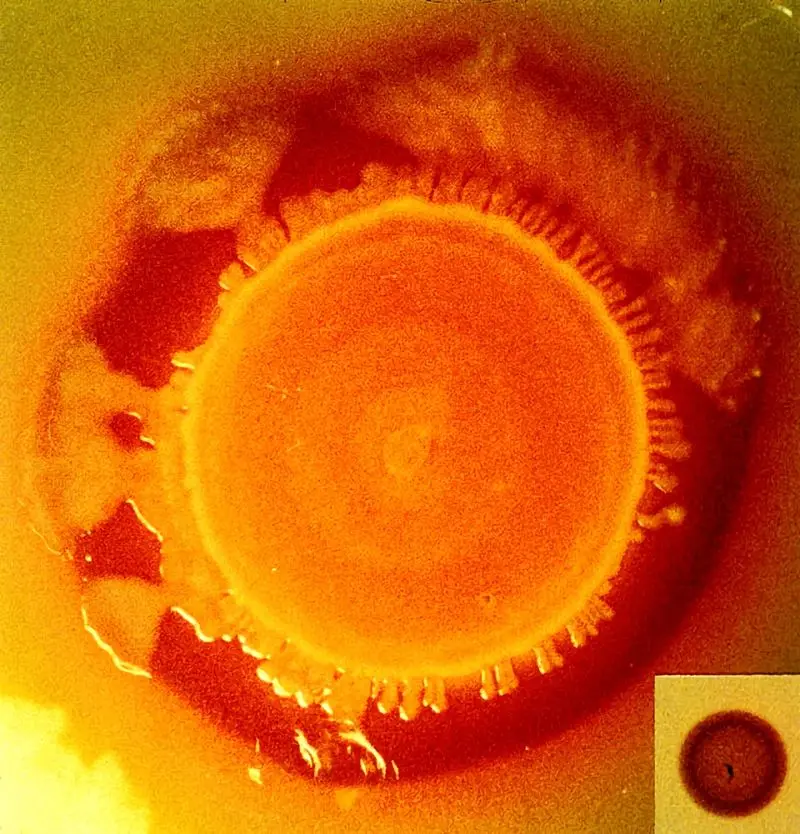 New Tracking Tool for Pathogen Investigators
New Tracking Tool for Pathogen Investigators -
Can binturongs be kept as pets?
-
 How long do instruments stay sterile after autoclaving veterinary?
How long do instruments stay sterile after autoclaving veterinary?
PASTERN (long)
 Is located between the fetlock and pastern joints and connects with the cannon bone to form the fetlock joint. The function of the long pastern is to increase flexibility of the fetlock joint.... ↪ Read more
Is located between the fetlock and pastern joints and connects with the cannon bone to form the fetlock joint. The function of the long pastern is to increase flexibility of the fetlock joint.... ↪ Read more PASSING GATED
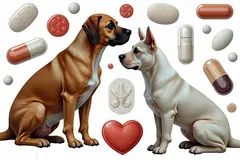 Describes a horse who trots with his hind feet tracking wider than his fore feet. Not a gait as such.... ↪ Read more
Describes a horse who trots with his hind feet tracking wider than his fore feet. Not a gait as such.... ↪ Read more PALPATE
PALMAR PROCESS
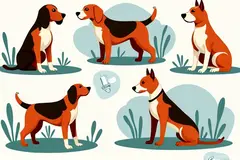 The rearmost portion of either side of a PIII. This is where the lateral cartilages attach to the bone.... ↪ Read more
The rearmost portion of either side of a PIII. This is where the lateral cartilages attach to the bone.... ↪ Read more PALMAR
 [Latin palmaris]: The palm side. This refers to the back side of the horse's fore leg. a.k.a: Volar.... ↪ Read more
[Latin palmaris]: The palm side. This refers to the back side of the horse's fore leg. a.k.a: Volar.... ↪ Read more PALLIATIVE
PAIR
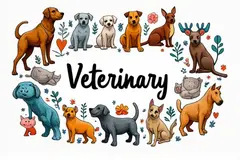 Two horseshoes or hooves. Unless otherwise specified, a pair means either both fores or both hinds.... ↪ Read more
Two horseshoes or hooves. Unless otherwise specified, a pair means either both fores or both hinds.... ↪ Read more PADS
 Leather, plastic or other materials cut to the shape of shoe, and placed between the shoe and hoof. Used for various therapeutic purposes.... ↪ Read more
Leather, plastic or other materials cut to the shape of shoe, and placed between the shoe and hoof. Used for various therapeutic purposes.... ↪ Read more PADDLING
PACKING
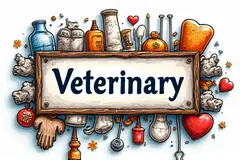 To fill the concavity of the sole and the commissures of the frog with material that will prevent thrush and keep dirt from being trapped in the hoof while a pad is on under the shoe. The packing material may also contain various antibiotics and medications for other therapeutic uses.... ↪ Read more
To fill the concavity of the sole and the commissures of the frog with material that will prevent thrush and keep dirt from being trapped in the hoof while a pad is on under the shoe. The packing material may also contain various antibiotics and medications for other therapeutic uses.... ↪ Read more P III ROTATION
P III
 Third phalanx. The most distal bone in each equine limb. It is situated completely within the hoof, and resembles the hoof in basic shape. a.k.a: Coffin bone; Distal phalange; Pedal bone; Os pedis.... ↪ Read more
Third phalanx. The most distal bone in each equine limb. It is situated completely within the hoof, and resembles the hoof in basic shape. a.k.a: Coffin bone; Distal phalange; Pedal bone; Os pedis.... ↪ Read more Popular Diagnoses
Packed cell volume (PCV, hematocrit) Reflex ovulator Mucolytic Microfilaricide Bronchodilator Hematocrit Glucocorticoid Monoamine oxidase inhibitor (MAOI) ↪ All veterinary diagnoseOther Diagnoses
Parasympathetic nervous system Parenterally Parturition Passive immunity Pathogenic PCV Pediculosis PenicillinasePopular Veterinary Clinics
VCA Welborn Animal Hospital, 7860 Washington Avenue Kansas City, KS 66112 USA MedVet Columbus, 300 East Wilson Bridge Road, Worthington, OH Rutland Veterinary Clinic & Surgical Center, 90 East Pittsford Road, Rutland, VT VCA Paradise Valley Emergency Animal Hospital, 6969 East Shea Boulevard Suite 150 Scottsdale, AZ 85254 USA Connecticut Veterinary Center & Pet ER, 470 Oakwood Ave West Hartford, CT 06110 USA Norway Veterinary Hospital, 10 Main St P.O. Box 273 Norway, ME 04268 USA Craig Road Animal Hospital, 5051 West Craig Road, Las Vegas, NV Abri Veterinary Hospital Inc, 1449 Trademart Boulevard Winston-Salem, NC 27127 USA ↪ All veterinary clinicsOther Veterinary Clinics
Del Ray Animal Hospital, 524 E Mount Ida Avenue Alexandria, VA 22301 USA VCA Old Town Animal Hospital, 425 North Henry Street Alexandria, VA 22314 USA Prince George's Animal Hospital, 7440 Annapolis Road Hyattsville, MD 20784 USA Knowles Animal Clinic, 1000 NW 27th Ave Miami, FL 33125 USA Bayshore Veterinary Clinic, 2043 NE 140th Street, North Miami Beach, FL Hollywood Animal Hospital PA-Referral, 2864 Hollywood Boulevard Hollywood, FL 33020 USA VCA Rock Creek Animal Hospital, 10721 Stirling Road Cooper City, FL 33328 USA Hammocks Veterinary Hospital, 10201 Hammocks Blvd Suite #103 Miami, FL 33196 USAPopular Drugs
DOXYLAMINE SUCCINATE Doses - PENICILLIN V POTASSIUM Doses - METHYLPREDNISOLONE, METHYLPREDNISOLONE ACETATE, METHYLPREDNISOLONE SODIUM SUCCINATE ACEPROMAZINE MALEATE Doses - PREDNISOLONE, PREDNISOLONE SODIUM SUCCINATE, PREDNISOLONE ACETATE, PREDNISONE Doses - FURAZOLIDONE Doses - FERROUS SULFATE Doses - LEVAMISOLE ↪ All veterinary drugOther Drugs
Ketaset® KETAMINE HYDROCHLORIDE INJECTION, USP Dexium-SP Soothing Liniment Aloe Vera Gel ChlorMax® 50 POLYFLEX Deccox® BMD® 30 Granular A AGRI-CILLIN® Injectable AntibioticPopular Terms
Subalbinotic Steatis Uteroverdin Paradoxical CSF acidosis Figure of 8 suture pattern Nerve root signature Ovariohysterectomy Abrev OVH Signalment ↪ All veterinary termOther Terms
Inhalants Inhalation Asper Asphyxia Asphyxiation Assay Assess Assimilationveterinary-help.com
© 2011-2025 Veterinary Clinics, Diagnoses, Terms and Drug Handbook Online



